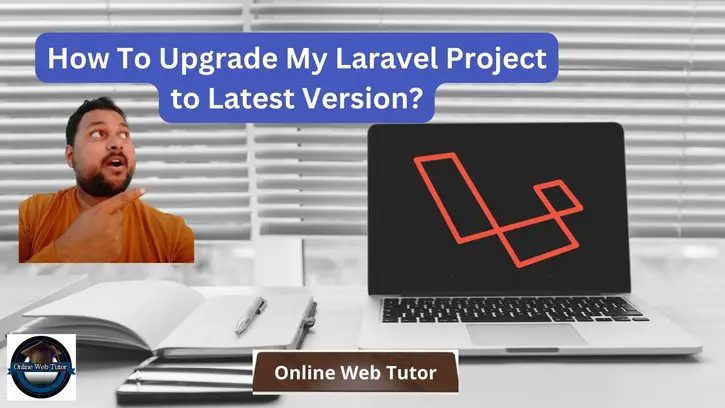Taking your Laravel project to the newest version demands careful steps to guarantee a seamless transition and minimize potential hiccups. Let’s dive into a comprehensive guide, walking you through the meticulous process of upgrading your Laravel project to leverage the latest enhancements and optimizations.
Explore a detailed roadmap for upgrading your Laravel project, ensuring a smooth transition while maximizing its potential with the latest advancements in the Laravel framework. Uncover step-by-step instructions that encompass optimization strategies and the complete upgrade process to embrace the latest offerings of the Laravel ecosystem.
Read More: How To Integrate ChatGPT API in Laravel 10 Tutorial
Let’s get started.
Step #1: Update PHP version
Laravel 10 has set PHP 8.1 as its minimum-required PHP version. This means that Laravel 10 harnesses the power of specific PHP 8.1 features, like readonly properties and array_is_list, to elevate its functionalities and performance.
sudo update-alternatives --config phpStep #2: Composer Version Update
In order to run Laravel 10, you’ll need Composer version 2.2.0 or higher. If your current Composer version is lower than this requirement, it’s necessary to uninstall the existing version and install a new one. If you’re already using a Composer version above 2.2, you’re all set for Laravel 10.
sudo composer self-update 2.1.3
sudo composer self-update 2.5.8 Step #3: Update Composer Dependencies
Here, is the composer file where laravel framework version is 10.10,
composer.json
{
"name": "laravel/laravel",
"description": "The Laravel Framework.",
"keywords": ["framework", "laravel"],
"license": "MIT",
"type": "project",
"require": {
"php": "^8.1",
"intervention/image": "^2.3",
"laravel/framework": "^10.10",
"laravel/tinker": "^2.8",
"laravel/ui": "^4.2",
"laravelcollective/html": "^6.4"
},
"require-dev": {
"filp/whoops": "^2.14",
"fzaninotto/faker": "^1.4",
"mockery/mockery": "^1.0",
"nunomaduro/collision": "^6.3",
"phpunit/phpunit": "^10.1"
},
"autoload": {
"classmap": [
"database/seeders",
"database/factories"
],
"psr-4": {
"App\\": "app/"
},
"files": [
"app/Http/helpers.php"
]
},
"autoload-dev": {
"psr-4": {
"Tests\\": "tests/"
}
},
"extra": {
"laravel": {
"dont-discover": [
]
}
},
"scripts": {
"post-root-package-install": [
"@php -r \"file_exists('.env') || copy('.env.example', '.env');\""
],
"post-create-project-cmd": [
"@php artisan key:generate"
],
"post-autoload-dump": [
"Illuminate\\Foundation\\ComposerScripts::postAutoloadDump",
"@php artisan package:discover"
]
},
"config": {
"preferred-install": "dist",
"sort-packages": true,
"optimize-autoloader": true
},
"minimum-stability": "dev",
"prefer-stable": true
}Step #4: Laravel – Class “Fideloper\Proxy\TrustProxies” not found
Once you update to latest version, may be you will get “Fideloper\Proxy\TrustProxies” class not found error.
composer require fideloper/proxy Read More: How To Validate Image Upload in Laravel 10 Example
Step #5: Composer Update
Update your project composer,
compose update Application Testing
Run this command into project terminal to start development server,
php artisan serveURL: http://localhost:8000/
That’s it.
We hope this article helped you to learn “How To Upgrade Laravel Project to a Latest Version” in a very detailed way.
If you liked this article, then please subscribe to our YouTube Channel for PHP & it’s framework, WordPress, Node Js video tutorials. You can also find us on Twitter and Facebook.
Read more